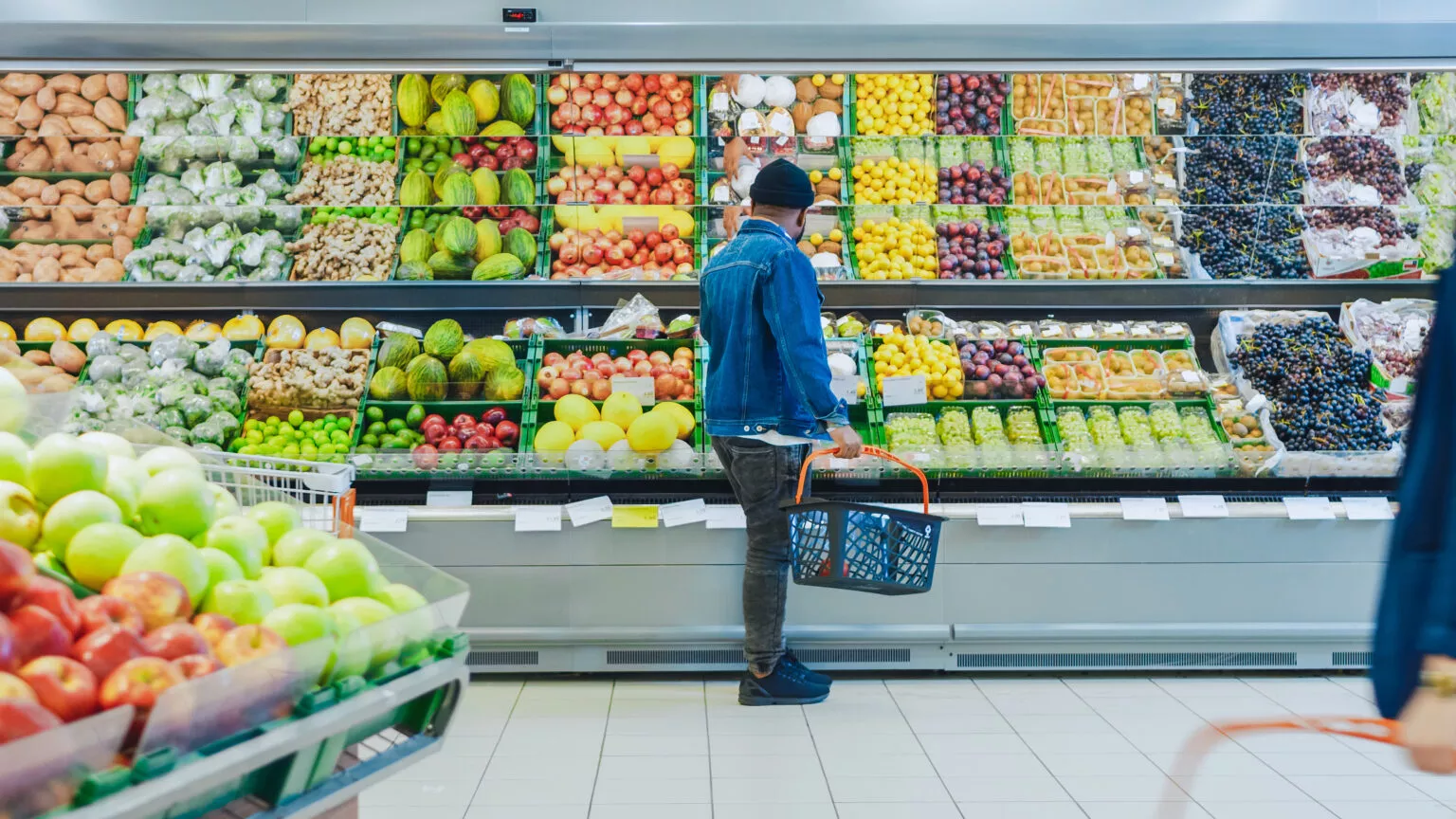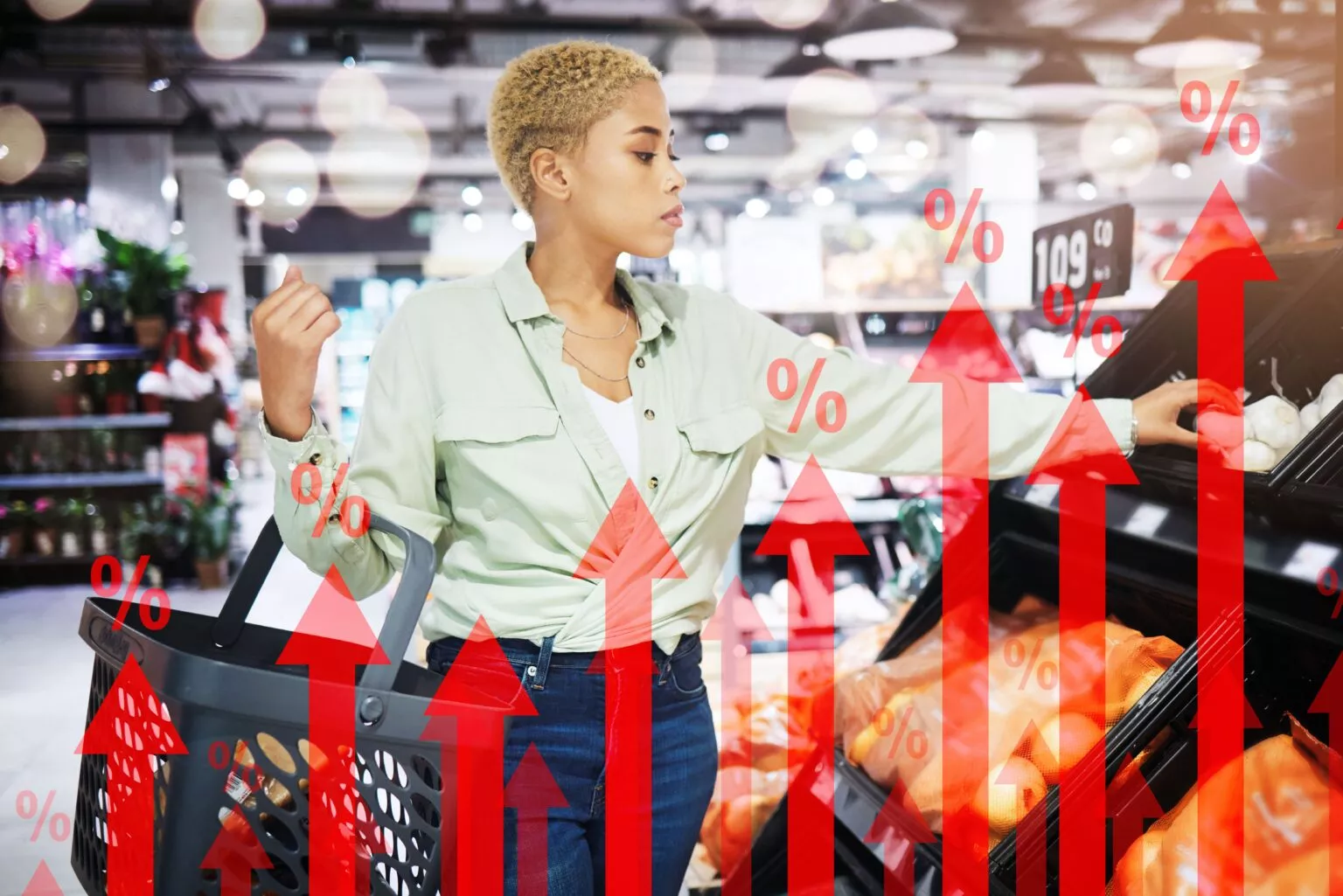SNAP online grocery e-commerce has grown exponentially in a short period of time. What is the retail perspective? The customer perspective? (Note: If you aren’t familiar with online grocery delivery services, here’s one comparison a/o February 2021: minimum order, fees, membership for Walmart+, Instacart, Amazon Prime, Postmates and more.
It’s a bumpy road! Fees and technology are two retail challenges – currently one tech company works with USDA and complex technology slows implementation down (). In some cases, a smaller retailer working through the process saw a larger competitor (Walmart) gain traction with customers. Over 300 retailers have submitted letters of intent with ‘a couple hundred’ expected to begin operating by the end of the year (according to the tech company working with USDA). Some ‘glitches’: 1) a complex certification process; 2) limited payment processing companies (FNS is working to expand them); 3) minimum fees charged by the tech processor; and 4) system testing especially when problems arise and need to be fixed. Some funding to support SNAP grocery e-commerce was part of the December stimulus bill. Legislation introduced would set up a USDA center for small retailer tech assistance. In the article you will find a table of the state-by-state percent of the population living in areas with low access to brick-and-mortar grocery stores and online grocery delivery. Will food insecurity be addressed by this access to online grocery delivery? Experts differ. One sees 5 – 10% of SNAP recipients adopting online shopping. Additional shopper expenses vary among retailers and include delivery and pickup fees, differences in online and store pricing, as well as a fee that is charged before the SNAP payment kicks in. Any fees become a barrier if a SNAP household only has cash and SNAP resources available because cash can’t be used to pay fees – a credit/debit/gift card is needed. And, like other online shoppers (but with more of a food budget impact for SNAP) concerns about the quality of items like fresh produce exist. Lastly, mobility is an issue for some SNAP households, thus pickup is a barrier. Hub deliveries is a suggestion to address this.
What can make the online experience better for SNAP shoppers? Larger fonts and an easy smartphone experience as more than 95% of American households have smartphones. Instacart has an online guide for SNAP shoppers. Other user considerations: Spanish and Chinese translations; offering culturally favored foods SNAP shoppers buy at neighborhood stores; seeing how much of the order is EBT eligible; allowing shoppers to compare food prices across retailers; providing nutrition info with health-oriented tags and filters. Retailers see providing rewards/incentives for buying fresh produce and other healthy foods as a beneficial option. As to fees, SNAP recipients get a discounted Amazon Prime membership at $5.99/month and Amazon Fresh can be accessed with Amazon Prime. Fees can be waived with low-order minimums that most SNAP recipients can achieve but smaller retailers may not find this feasible. Would SNAP ever allow some fee payment from program funds? Probably not. And as to comfort level with shopping online, most SNAP shoppers have experience ordering online. Auburn University and a local retailer will deploy students to senior and other low-income sites such as Head Start in the fall with WiFi and equipment if the pandemic recedes. These Healthy Food Hotspots will help people learn about online SNAP ordering. Will SNAP e-commerce increase? All eyes are on Instacart as they work with hundreds of retailers. Amazon with its Fresh stores’ low prices are another trend to watch.
Two grocers’ experience reflects an independent market in Missouri that is still in process due to a long, complex process and a regional chain in North Carolina that has already rolled out. One hurdle facing retailers is authorizing online payments separately from the brick-and-mortar store. Another concern? Payment processing fees although one retailer stated he is willing to invest in the system to offer online groceries to SNAP customers. The regional chain in North Carolina saw a much smoother process with a 25-fold increase in online orders due to the pandemic. Yet the testing process here too was challenging and time-consuming. The regional chain isn’t actively promoting the online option but is still seeing demand grow. What are the fees involved? In North Carolina, no pickup fee but there is a delivery fee. Currently there are no online fees but it may be necessary to have minimum order fees. In Missouri the $35 minimum order delivery fee was removed for SNAP customers but other fees apply (free pickup for $30+ orders and free delivery for $100+ orders; $4.95 delivery fee for orders under $100).
Suggestions for retailers on keys to success for online SNAP program from Hunger Free America’s CEO echoes suggestions in the articles above as well as additional ones: pricing (keep staple items affordable, keep fees low or non-existent), delivery (consider neighborhood sites), foods (offer culturally acceptable items), make processes easy and clear (consider translation into other languages especially Spanish and Chinese), and promote when locally operational.
Other perspectives
Potential online grocery shopping users react to online grocery shopping in a crowdsourced sample of 592 SNAP recipients with smartphones via a mobile app from April 2019: 77% cited convenience as the reason why they would take this option. Other responses: more than half (51%) said they were ‘completely likely’ to shop online; 41% stated they could pay without anyone seeing they are using SNAP and 40% found it hard to shop in-store with children. One response stated less impulse buying as a reason to shop online. Top drawback was similar to the general public, namely, concerns about quality and freshness of items. Interviews of NYC housing residents’ experience with online grocery buying pilot looks at buying club participant experiences and finds some higher Amazon prices buying online when grocery receipts are reviewed. An analysis of the newly expanded SNAP online purchasing program – understanding nationwide uptake in 2020 provides extensive 2020 individual state data in these categories: percent of SNAP recipients shopping online, percent of online SNAP transactions, size of online transaction as percent of SNAP allocation and more. Key takeaways and policy implications are listed. Does online buying put SNAP participants at risk? is a 10-page 2020 report from the Center for Digital Democracy that looks at how 8 retail companies (including Walmart, Amazon) use shopper data tracking/surveillance, shopper exposure to online marketing and promotion of unhealthy foods to shoppers. Does USDA safeguard SNAP users? Recommendations are included. A recent New York State consumer alert highlights the hidden costs in grocery delivery apps that affect all online shoppers but may hit SNAP users harder due to their limited resources . These fees may include a fuel surcharge or service fee, delivery fee, premiums for some pickup times and a differential price for grocery items depending on the grocery store app.
Takeaways
There are multiple roles for SNEB members in the SNAP e-commerce rollout/expansion. Examples include community education programs to help shoppers increase their understanding of SNAP online grocery shopping, working with retailers to make their online platform meet SNAP shopper needs (perhaps by facilitating focus groups), advocating for the inclusion of health-related info/filters and addressing policy issues as they surface.
continue reading
Related Posts
SNAP benefits may have resumed but Dr. Marion Nestle assesses
As the holidays approach you may have more time to
In the news…good news: school meal reimbursements will continue during



